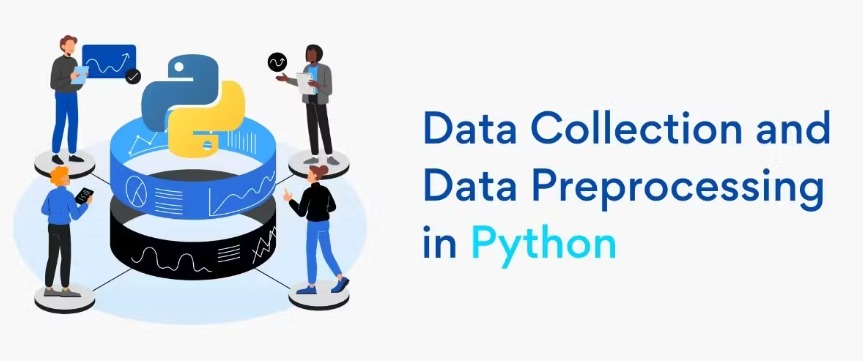In today’s data-driven world, the ability to efficiently collect, manage, and analyze data is crucial for making informed decisions. Python, a versatile and powerful programming language, has emerged as a game-changer in the field of data collection. With its rich ecosystem of libraries and tools, Python can significantly enhance and streamline the data collection process. In this blog post, we’ll explore how Python can be leveraged to improve data collection and what tools and techniques are available for making this process more efficient and effective.

Why Python for Data Collection?
Python is a popular choice for data collection due to its simplicity and readability, combined with its extensive libraries that handle everything from web scraping to database interactions. Here are a few reasons why Python stands out:
Ease of Use: Python’s clean and readable syntax makes it accessible for both beginners and experienced developers.
Robust Libraries: Python boasts a rich set of libraries that facilitate various aspects of data collection.
Community Support: Python has a large and active community, providing a wealth of resources and support for data collection tasks.

Key Python Libraries for Data Collection
To enhance your data collection process, consider integrating the following Python libraries into your workflow:
Beautiful Soup: This library is essential for web scraping. Beautiful Soup allows you to parse HTML and XML documents and extract data from websites. It’s perfect for collecting data from online sources where APIs might not be available.
Scrapy: For more complex and large-scale web scraping, Scrapy is an excellent choice. It provides a framework for building web spiders to crawl websites and extract data.
– Pandas: Pandas is a powerful library for data manipulation and analysis. It’s great for handling structured data and can be used to clean and preprocess data after collection.
– Requests: The Requests library simplifies sending HTTP requests and handling responses. It’s often used in conjunction with other libraries for scraping and API interaction.
– SQLAlchemy: If your data collection involves databases, SQLAlchemy provides a powerful toolkit for SQL database interaction and ORM (Object-Relational Mapping) capabilities.

Enhancing Data Collection with Automation
Python can also automate data collection tasks, saving time and reducing manual effort. Here’s how you can automate data collection:
Scheduling Tasks: Use libraries like schedule or APScheduler to run data collection scripts at regular intervals.
Error Handling: Implement robust error handling to manage issues during data collection and ensure data integrity.
Data Storage: Use Python to automate the storage of collected data into databases or file systems for future analysis.

Best Practices for Data Collection
Respect Website Policies: Always check and respect a website’s robots.txt file and terms of service when scraping data.
Validate Data: Ensure that the data collected is accurate and complete by implementing validation checks.
Handle Large Datasets: Optimize your code to handle large volumes of data efficiently and avoid performance bottlenecks.
Conclusion
Python is an incredibly powerful tool for enhancing the data collection process. By leveraging libraries like Beautiful Soup, Scrapy, Pandas, Requests, and SQLAlchemy, you can streamline and automate data collection tasks, making your workflow more efficient and effective. Embracing Python in your data collection strategy not only saves time but also opens up new possibilities for data analysis and insights.

